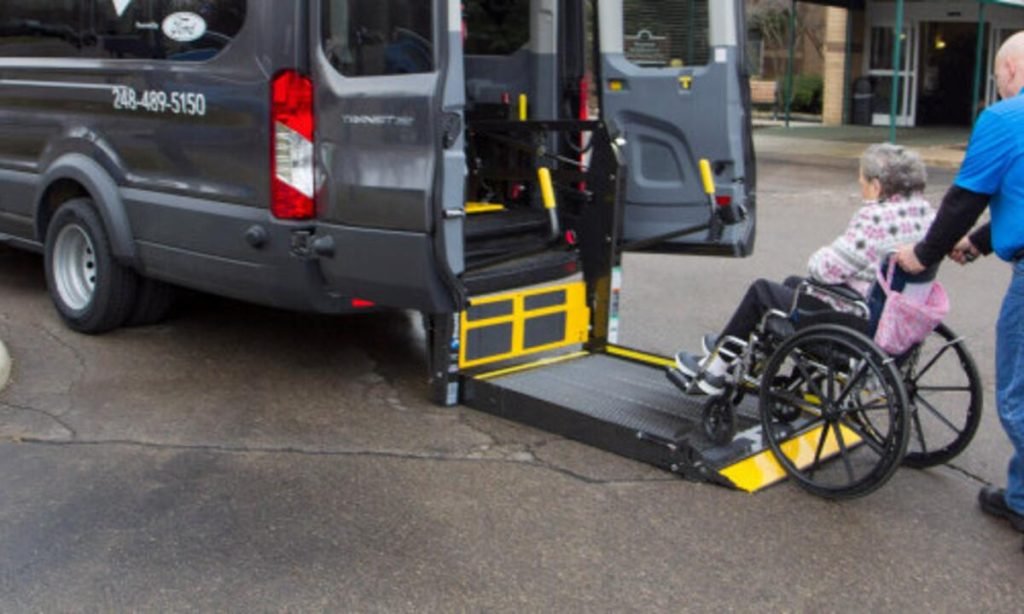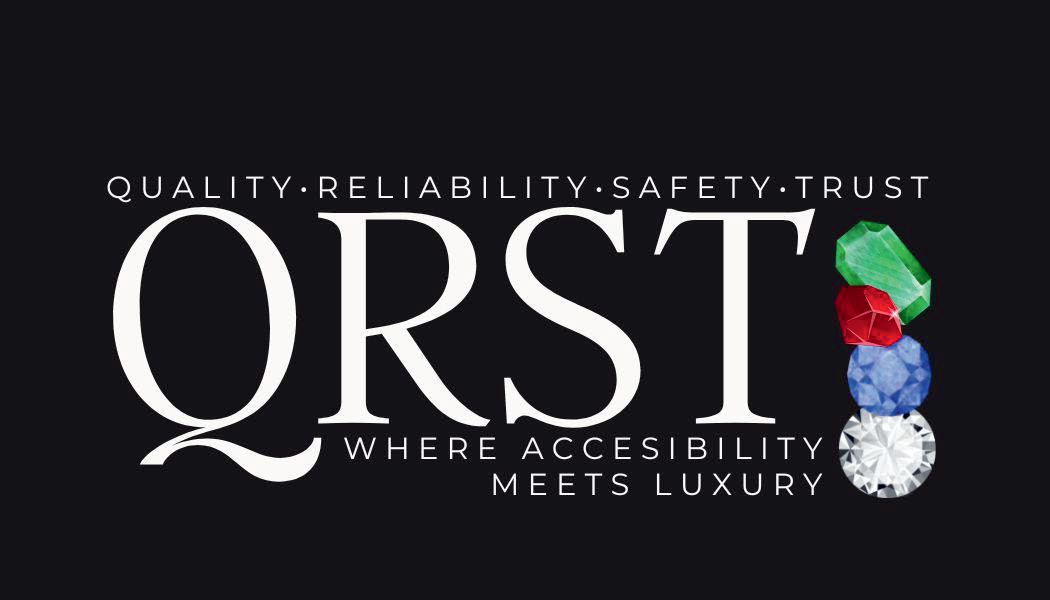Wheelchair transportation plays a crucial role in ensuring the mobility and independence of individuals with mobility impairments. For people who rely on wheelchairs, accessible transportation is not just a convenience but a fundamental right that allows them to participate fully in society. However, despite advancements in technology and accessibility awareness, challenges in wheelchair transportation persist. In this article of QRST Wheelchair Transportation, we will delve into the various obstacles faced by wheelchair users in transportation and explore the innovative solutions and insights that are transforming this field.
Challenges in Wheelchair Transportation
Physical Accessibility
One of the primary challenges faced by wheelchair users is the lack of physical accessibility in transportation systems. Many public transport vehicles, stations, and infrastructure are not designed to accommodate wheelchairs, making it difficult for individuals with mobility impairments to travel independently. This lack of accessibility can lead to social isolation and limited access to essential services.
Safety Concerns
Ensuring the safety of wheelchair users during transportation is a critical concern. Conventional transportation vehicles often lack proper restraints and securement mechanisms for wheelchairs, putting passengers at risk during sudden stops or collisions. Without adequate safety measures, wheelchair users are more susceptible to injuries.
Inadequate Training
Transportation personnel, including drivers and staff, might not be adequately trained to assist wheelchair users properly. This lack of training can lead to uncomfortable or even dangerous situations for both the passengers and the staff.
Communication Barriers
Effective communication between wheelchair users and transportation providers is essential for a smooth travel experience. However, communication barriers, such as language differences or inadequate communication tools, can hinder the process and make it challenging for individuals to express their needs.
Limited Availability

Accessible transportation options are often limited in many regions, especially in rural areas. This lack of availability restricts the mobility of wheelchair users, preventing them from participating in various activities, including work, education, and leisure.
Technology, as a driving force of change, has the potential to transform the landscape of limited availability in wheelchair transportation. The rise of digital platforms, mobile apps, and real-time tracking systems has opened up new avenues for optimizing the allocation of accessible vehicles. Intelligent routing algorithms can enhance efficiency by dynamically assigning rides to nearby accessible vehicles, reducing wait times for users. Furthermore, the integration of Internet of Things (IoT) devices in accessible vehicles allows for proactive maintenance and monitoring, ensuring that a larger portion of the fleet remains operational and ready to serve. In remote or underserved areas, where building physical infrastructure might be challenging, satellite-based communication systems could facilitate on-demand booking and tracking, providing a lifeline of mobility to wheelchair users in these regions. As technology continues to evolve, it holds the promise of revolutionizing limited availability concerns and making wheelchair transportation a more universally accessible reality.
Solutions and Insights
Universal Design:
The concept of universal design involves creating products, environments, and services that are accessible and usable by people of all abilities. By incorporating universal design principles into transportation infrastructure and vehicles, we can ensure that they are accommodating to everyone, including wheelchair users. This can range from low-floor buses and ramps to accessible stations and proper signage.
Advanced Wheelchair Securement Systems:

Innovative securement systems have been developed to ensure the safe transportation of wheelchair users. These systems use advanced technology to secure wheelchairs in place during travel, reducing the risk of accidents. Additionally, these systems are designed to be user-friendly, making the process more comfortable for both passengers and transportation staff.
Education and Training:
Providing comprehensive training to transportation personnel is essential for improving the travel experience for wheelchair users. This training should cover not only technical aspects of assisting wheelchair users but also sensitivity training to promote respectful and empathetic interactions.
Education and training form a critical pillar in overcoming the challenges faced by wheelchair users in transportation. Comprehensive training programs can empower transportation personnel with the knowledge and skills needed to assist passengers with disabilities effectively. This includes understanding various types of mobility devices, learning proper techniques for securing wheelchairs, and fostering an empathetic and respectful attitude. By educating transportation staff about the diverse needs of wheelchair users, potential misunderstandings and discomfort can be minimized, leading to a more inclusive and positive travel experience. These training efforts extend beyond technical proficiency to encompass sensitivity training, which helps staff understand the social and emotional aspects of disability. This holistic approach fosters a culture of inclusivity and ensures that wheelchair users are treated with the dignity and respect they deserve throughout their journey.
Fostering Collaboration and Feedback
Education and training initiatives also provide a platform for collaboration between transportation providers and the disability community. Inviting feedback and input from wheelchair users can lead to a better understanding of their unique needs and challenges. Regular dialogues can contribute to the refinement of training programs, ensuring they remain relevant and effective. Moreover, involving wheelchair users in the training process, whether through advisory boards or co-design sessions, can create a sense of ownership and inclusion. As the disability community’s voice becomes an integral part of training curricula, a powerful shift can occur, wherein wheelchair users are seen not as passive recipients of services but as active participants in shaping accessible transportation. By fostering such collaboration, education and training can become a conduit for change that benefits all stakeholders involved.
Digital Platforms and Apps:
Technology has enabled the development of digital platforms and apps that facilitate accessible transportation booking and communication. These platforms allow wheelchair users to schedule rides, request assistance, and communicate their specific needs in advance, streamlining the transportation process.
Collaboration between Stakeholders:
Addressing challenges in wheelchair transportation requires collaboration among various stakeholders, including transportation companies, government agencies, advocacy groups, and wheelchair users themselves. By working together, these stakeholders can identify issues, implement solutions, and ensure that accessibility remains a priority.
Incentives for Innovation:
Governments and organizations can provide incentives for the development and adoption of accessible transportation solutions. This could include funding for research and development, grants for accessible vehicle modifications, or tax incentives for companies that prioritize accessibility in their transportation services.
Conclusion
Wheelchair transportation is a vital aspect of promoting inclusivity and independence for individuals with mobility impairments. While challenges persist, the solutions and insights discussed in this article highlight the progress being made to address these issues. Through the implementation of universal design principles, advanced securement systems, comprehensive training, and technological innovations, the transportation landscape is evolving to better serve the needs of wheelchair users. By fostering collaboration and incentivizing accessibility, we can create a future where wheelchair transportation is seamless, safe, and empowering for all.
FAQS
1. What are the main challenges faced in wheelchair transportation?
The challenges in wheelchair transportation encompass physical accessibility barriers, safety concerns due to inadequate securement, communication gaps, limited availability of accessible options, and a lack of proper training for transportation staff.
2. How can universal design address accessibility issues?
Universal design involves creating transportation infrastructure and vehicles that are accessible to all, ensuring features like ramps, low-floor buses, and proper signage, which facilitate independent travel for wheelchair users.
3. What role does technology play in solving these challenges?
Technology-driven solutions include advanced securement systems, digital platforms for booking and communication, and IoT integration, enhancing safety, convenience, and real-time tracking to mitigate the obstacles faced by wheelchair users.
4. How can education and training improve wheelchair transportation?
Comprehensive training programs for transportation staff not only enhance technical skills but also promote empathy and understanding towards wheelchair users’ needs, fostering a more respectful and inclusive travel experience.
5. What steps can address limited availability of accessible transportation?
Innovative models such as ride-sharing services with wheelchair-accessible vehicles and collaborative public-private partnerships are expanding access. Advanced technology solutions, like real-time routing and IoT monitoring, also offer ways to optimize fleet usage and enhance availability for wheelchair users.
